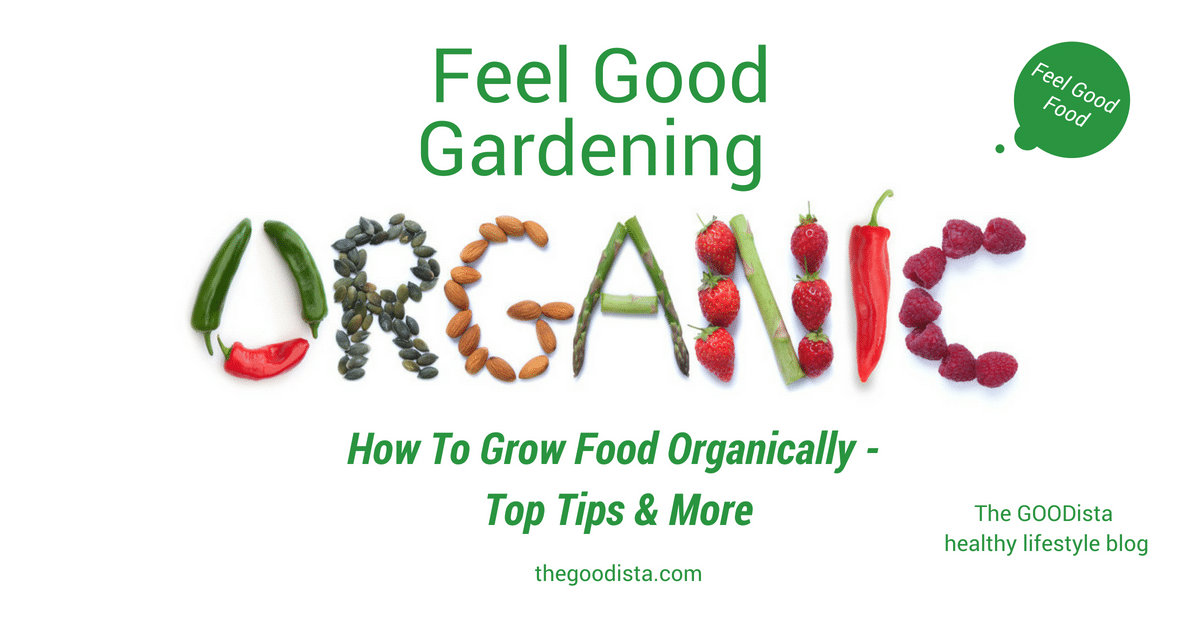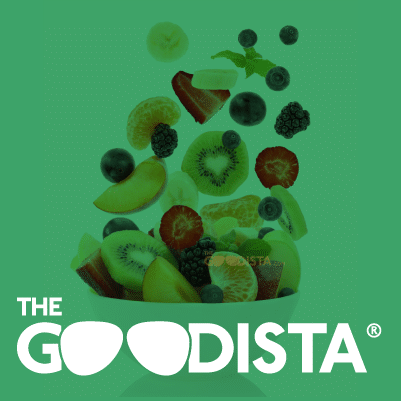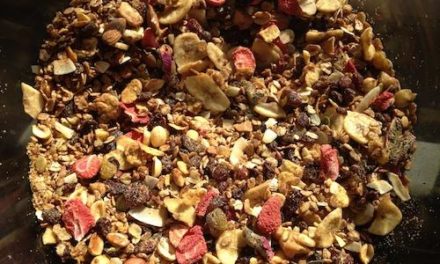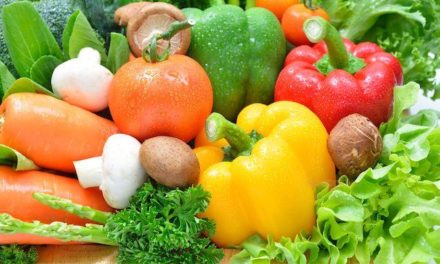Organic gardening is a luxury today. It is, however, the way smallholders have been farming since forever. When you have a bit of space – be it a box on a window sill or a larger plot – you can easily grow your own food. It has all the health benefits of course – but the sense of pride and the unparalleled taste is quite something else. The GOODista team is thrilled to get top tips from our guest blogger on how to grow food organically. Have fun with your organic gardening exploration. And – feel free to look for more tips and recipes based on organic vegetables right here on thegoodista.com.
Tips on Growing Your Food Organically by Kylie
If you are blessed with the outdoor space to grow your food, consider growing vegetables and fruits organically. Organic gardening means growing plants by enlisting the help of nature for weed and pest control. Manufactured fertilizers and pesticides add chemicals to our food and to the environment that can be dangerous to your well-being. Breast and prostate cancer, congenital disabilities, and other diseases may be a result of these commonly used chemicals.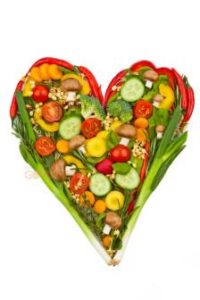
Health benefits aren’t the only payoff for growing food organically. Tomatoes, cucumbers, and other fruits and vegetables are bursting with a robust flavor you won’t find in commercially grown produce. There is also the advantage of saving money. It’s not hard to notice that foods in the organic section of supermarkets, health food stores, and farmer markets are pricey. They can cost up to 50 percent more than other produce.
The concept of organic gardening sounds simple: plant some seeds and don’t add chemicals. However, this method won’t guarantee reliable results. To be successful with organic gardening, you must practice soil management along with weed and pest control. The following tips and techniques will help you have a bountiful harvest of tasty and healthy organic produce.
Organic Gardening: Prepare the Soil
Cultivate or turn the soil with a rotary tiller or pay a local farmer to do this for you. This first step is needed to ensure proper drainage, root movement, and aeration so that the roots will get the oxygen they need. The soil must not be dry or hard. Take away any loose weeds or debris and water the ground well. If you till away green matter wait a month before planting.
Along with sunshine and water, your organic plants will need vitamins and minerals. These can be provided by adding a compost of decomposing organisms. Common composting materials include decomposed leaves or aged manure. Livestock farmers are usually happy to give away natural fertilizer but if its fresh, let it mature for at least six months. Work in a layer of compost about three inches deep into the first four to six inches of soil over the entire area.
Organic Gardening: Choose Seeds and Plants
Make sure to buy only certified organic seeds or seedlings raised without using pesticides or chemicals. You can find certified organic selections from most nurseries, seed catalogs, or local farmer’s markets. Do some research to find the best varieties for your particular region and growing conditions. Take into consideration your hardy zone and the amount of sunlight and rainfall expected for your garden.
Organic Gardening: Pest and Weed Control
A vegetable garden will be home to a wide range of insects. Some are beneficial while others are pests. Look closely and study the insect life in your garden. Pests will gather on plants in large numbers. If you find insects doing damage, capture some in a jar and try to identify them. Troublemakers can be picked off by hand and doused in soapy water. You can also control pests by encouraging beneficial insects. Plant a few herbs and flowers that attract them like Greek oregano, marigold, sweet alyssum, and calendula. Sunflowers are good tall perches for birds that eat bugs. The following chart lists some common garden insect pests and an organic product to control them.
- Leaf-eating caterpillars & beetles – BT (Bacillus an excellent ssp. kurstaki)
- Fire ants & beetles – Spinosad
- Aphids, snails, slugs, leafhoppers – Diatomaceous Earth kills by dehydration
- Aphids & Mites – insecticidal soap available at garden stores
- Squash bugs, whiteflies, Mexican bean beetles – horticultural oils made from soybean
No garden can escape weeds, but with observation and care, you can control weeds without chemicals. If you are new to gardening, start with seedlings so that you can identify the weeds from what you didn’t plant. Get rid of the weeds while they are seedlings. Use a push-pull scuffle hoe to slice them up effortlessly. A small-winged weeder or circle hoe is good for getting the weeds in tight spaces.
Use a mulch of herbicide-free grass clippings, leaves or straw to discourage weeds from sprouting. Mulch acts double duty to retain moisture and release nutrients during decomposing.
Organic Gardening: Organic Fertilizers
Organic fertilizers work slowly. They have to be broken down by organisms in the soil so nutrients can be released. Since they are made up of organic materials, they also improve the soil’s structure. The earth becomes more comfortable to work, and more oxygen can reach the roots. The ground will also hold water longer. Bacterial and fungal activity will increase. Organic garden fertilizer works by improving the soil which in turn grows healthier plants. The following chart lists some organic fertilizers.
- Aged manure from sheep, cows, poultry, and horses adds organic material but is low in nutrients.
- Bloodmeal – dried powdered blood from slaughterhouses is a good source of nitrogen.
- Bonemeal – finely-ground bone adds calcium and phosphate.
- Shellfish fertilizer adds calcium, phosphorus, and trace minerals.
- Rock phosphate adds phosphorus and trace minerals
- Fish emulsion is a naturally rich source of nutrients.
Use these basic organic gardening techniques to begin a rewarding path to growing healthy and delicious organic food. Let them encourage you to explore other ways to garden organically. / By Kylie from EverythingBackyard

Kylie from EverythingBackyard
Guest Blogger
Outside of writing for EverythingBackyard I love to spend all the time, I can outdoors and find every excuse to leave my house. I write about everything from backyard DIY projects to gardening. If you can’t get a hold of me, I am probably on a trail or a boat.
Organic Gardening: Zero Kilometers
In Italy, the concept of growing your own food is as natural as it is a lifestyle. A whole movement called ‘Zero Kilometer‘ promotes organic gardening. The idea is not only to enhance health benefits but to show how growing your own food is a continuation of a tradition.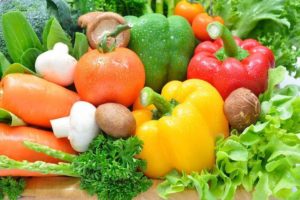
All the recipes on thegoodista.com are based on vegetables – grown either in my own garden or bought from local farms. Each season comes with gifts. To create dishes made from your own garden feels luxurious, and is yet so natural here. We are very grateful for our guest bloggers tips. EverythingBackyard is now part of our go-to catalog of websites – hope for you too!
Thanks for reading The GOODista – look at what you get if you subscribe to our newsletter here – and welcome back anytime!




